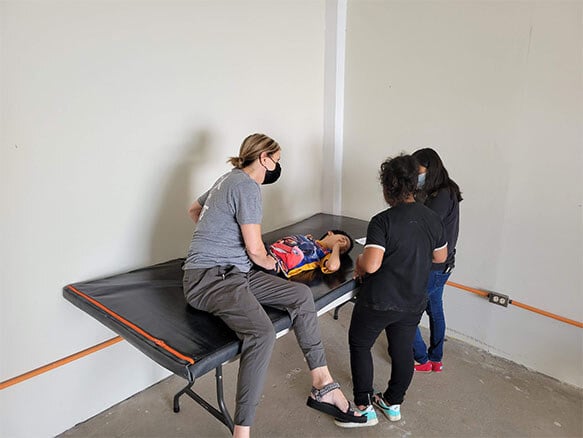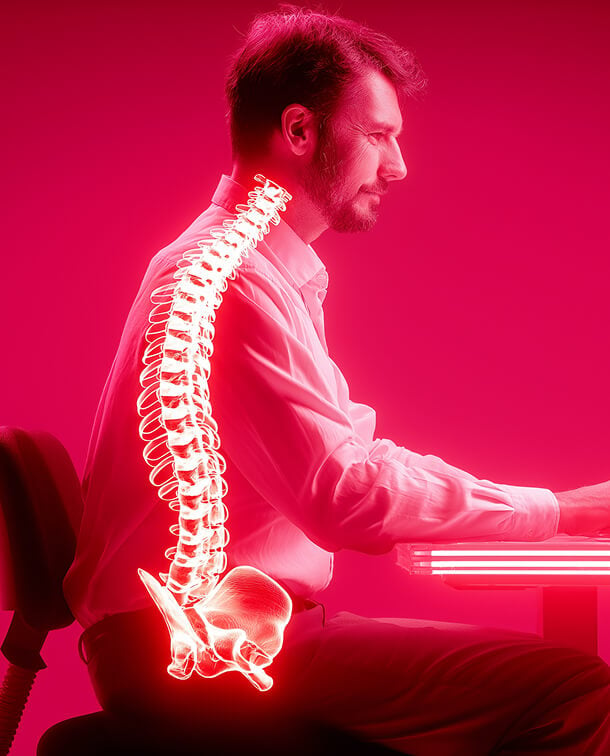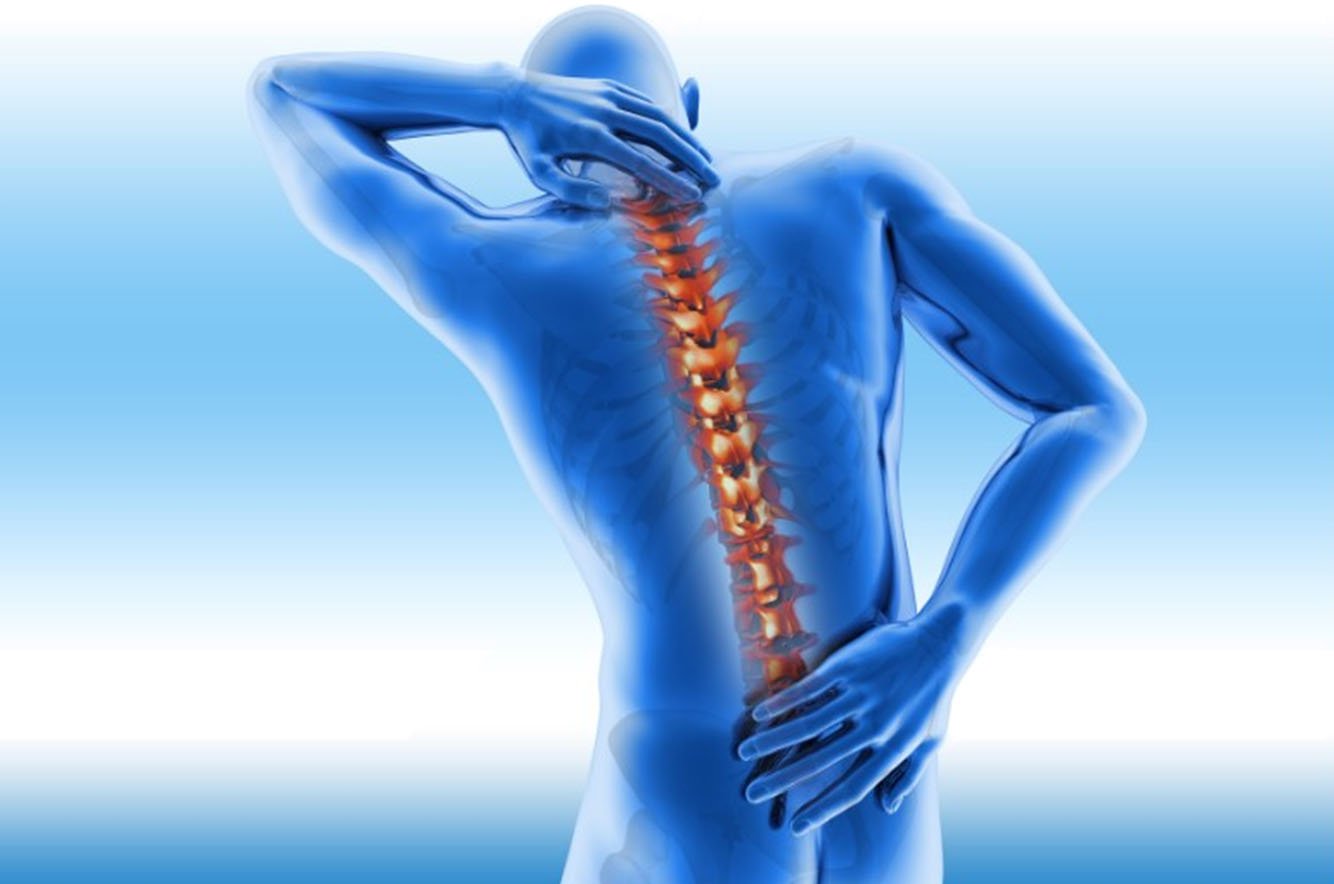Today, we’re tackling a challenge for those living with the painful condition of spondylolisthesis – the selection of a comfortable chair. We recognize that living with this condition is extremely challenging, and we're dedicated to helping you make well-informed decisions that can improve your comfort and quality of life.
Taking a Closer Look at Spondylolisthesis
Before we explore chair recommendations, let's take a moment to understand spondylolisthesis. Spondylolisthesis is a condition that most frequently impacts the spine, where one vertebra in the spine shifts forward over the one beneath it. This may cause severe lower back pain, radiating leg pain, tingling sensations and numbness. Muscles tighten surrounding the affected area as a protective response, which can lead to stiffness and limited mobility.
Understanding spondylolisthesis is an important step in your effort to find strategies to improve your comfort and quality of life. However, you must do your part.
Every Effort Matters!
Make a commitment to Physical Therapy: Consult a physical therapist who specializes in spinal conditions. They can help you create a personalized exercise program and provide hands-on techniques to help with your specific discomfort.
Stretch Each Day: This will improve your flexibility and relieve some of that muscle tension. Focus on stretching the hamstrings, hip flexors, and lower back. Gentle stretches like the cat-cow and child's pose in yoga can be helpful.
Watch your Weight: Excess weight is never easy on your body and can make your spondylolisthesis symptoms worse. Make a plan to address your diet and exercise habits, to help you manage your weight effectively.
Make Time for Low-Impact Exercise: Make time for activities like swimming, biking or walking can help your over-all health without placing excessive stress on the spine.
Don’t Sit Too Long: Prolonged sitting can certainly aggravate spondylolisthesis symptoms. Take regular breaks to stand, stretch, and walk around. Gentle movement every 30 minutes can help with stiffness and keep your blood flowing.

Watch your Posture: Maintaining good sitting posture is key. Make sure your chair provides adequate pelvis support to promote a natural spinal curve. Sit with your feet flat on the floor and your knees at hip level. Invest in an ergonomic chair designed to support your spine's natural alignment. Avoid crossing your legs! This can worsen your lower back strain.
Determining the Optimal Chair for your Spondylolisthesis Condition
The selection of the appropriate chair can play a pivotal role in effectively managing these symptoms. Consider these features:
Two-part Back feature: Look for chairs with pelvis support, and a back that adjusts so it fits you just right. This feature promotes proper spinal alignment and will help reduce strain on your lower back.
Adjustability: A good chair should offer multiple adjustment options, including seat height, armrest height, and backrest tilt. This allows you to customize the chair to your unique body shape and preferences.
Supportive Cushioning: Chairs with ample cushioning provide better comfort and pressure relief. Memory foam or high-density foam padding can be particularly beneficial for individuals with spondylolisthesis.
Tilt not Recline: These chairs keep the angle of your good posture intact, reducing the possibility of slouching, which puts more pressure on the spine.
Investing in your Quality of Life
When living with the painful condition of spondylolisthesis, selecting the right chair is more than a matter of comfort; it's an investment in your health. Make sure you choose a thoughtful ergonomic design, adjustability, and supportive cushioning when making your choice.
The health of your spine hangs in the balance. The right chair can make a world of difference!
References:
1. Matz, Paul G., et al. "Guideline summary review: an evidence-based clinical guideline for the diagnosis and treatment of degenerative lumbar spondylolisthesis." The Spine Journal 16.3 (2016): 439-448.
Recent Post

Four Lessons About Seating Everyone Can Learn from Wheelchair Users
September 18, 2025Working with wheelchair users has been an...

People Over Profits: Why Anthros Puts Comfort and Care First
September 17, 2025At Anthros, our mission is simple: to put people...










